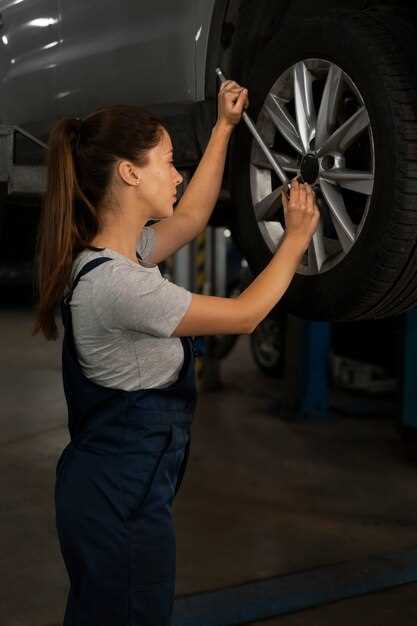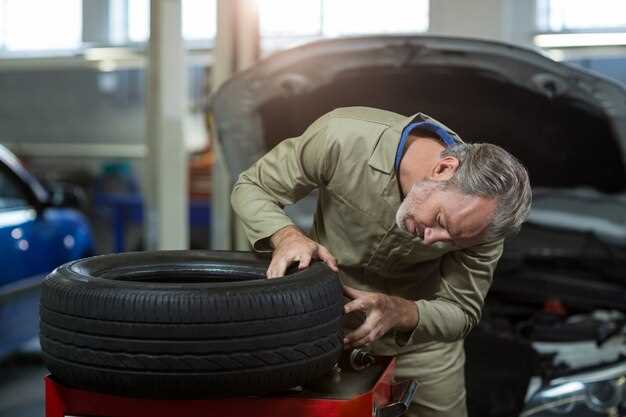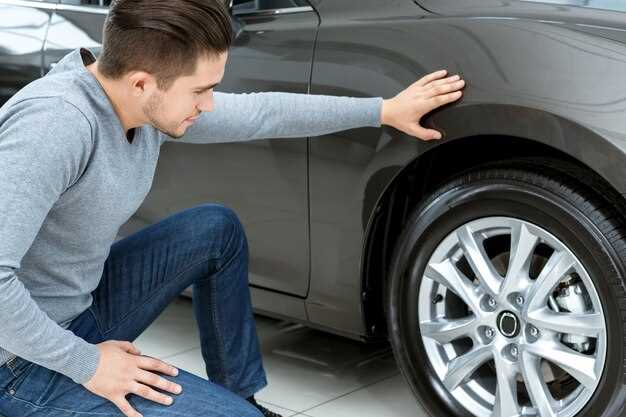
Tire wear is a crucial aspect of vehicle maintenance that significantly affects safety, performance, and driving comfort. In European cars, where engineering precision and driving dynamics are paramount, understanding the causes of uneven tire wear can help drivers maintain their vehicles in optimal condition. Uneven tire wear is not merely an aesthetic concern; it can lead to compromised handling, reduced fuel efficiency, and ultimately, increased costs due to premature tire replacement.
The reasons behind uneven tire wear can be multifaceted, ranging from incorrect tire pressure to misalignment and suspension issues. European vehicles are often equipped with advanced features such as dynamic suspension systems and precise steering mechanisms, which make them more sensitive to factors that contribute to tire wear. Regular maintenance and timely diagnosis of any underlying issues are essential to extending tire lifespan and ensuring safe driving conditions.
This article aims to provide a comprehensive overview of the common indicators of uneven tire wear specific to European cars. We will explore the various patterns of wear, their associated causes, and practical steps for diagnosis and remedy. Whether you are a car enthusiast, a professional mechanic, or a European car owner, understanding these elements will empower you to take informed action in maintaining your vehicle’s performance and safety.
Identifying Patterns of Tire Wear Specific to Various European Models

Tire wear patterns can significantly vary across different European car models due to engineering differences, driving behavior, and road conditions. Understanding these patterns helps in diagnosing issues and optimizing tire performance.
BMW vehicles often exhibit inside edge wear, particularly on models equipped with rear-wheel drive. This can be attributed to the weight distribution and the dynamics of high-performance driving. Owners should regularly check alignment and tire pressure to mitigate this issue.
Audi models, especially those with quattro all-wheel drive systems, may experience cupping or scalloping on tires due to uneven wear from their complex drivetrain. This condition requires periodic rotation and balancing to ensure even tire wear across all four wheels.
Volkswagen cars frequently show excessive outer shoulder wear, which can occur from improper toe alignment. Regular inspections and adjustments can prevent this from escalating, preserving the lifespan of the tires.
Mercedes-Benz vehicles are known for exhibiting flat spotting particularly in models with performance tires. This can happen when the vehicle is parked for extended periods, leading to uneven tire pressure. Regular movement and proper inflation can help avoid this issue.
Peugeot and Renault models are often seen with patchy wear, which may indicate suspension issues or poor road conditions. Assessing wheel alignment and suspension components can provide solutions for achieving uniform wear.
By identifying these specific wear patterns, drivers of European cars can take preventive measures to ensure safety, enhance driving comfort, and extend the life of their tires. Regular maintenance and awareness of tire condition are crucial elements in managing tire health effectively.
Evaluating the Impact of Suspension and Alignment Issues
The suspension system and proper wheel alignment are critical factors in maintaining optimal tire performance and longevity in European cars. Problems in these areas can lead to uneven tire wear, affecting both safety and handling.
Suspension issues, such as worn-out shock absorbers, broken springs, or damaged control arms, significantly influence how tires make contact with the road. A compromised suspension can result in the tires not maintaining consistent contact with the pavement, leading to uneven tread wear. For instance, if the shocks do not cushion the vehicle properly over bumps, it can cause excessive bouncing, resulting in localized tire wear patterns.
Alignment, on the other hand, refers to the angle at which the tires meet the road. Misalignment can occur due to hitting potholes, curb impacts, or normal wear and tear. When wheels are not aligned correctly, it can lead to uneven distribution of weight on the tires, causing them to wear out more quickly on one side. Poor alignment settings, like camber and toe angles, can produce specific wear patterns. For example, excessive negative camber typically leads to inner tire wear, while excessive toe can cause scalloping or feathering of the tread edges.
Regular inspection and maintenance of both suspension and alignment are essential to prevent tire wear issues. Diagnosing these problems early can save costs and improve vehicle handling. Drivers should be vigilant for signs of suspension failure, such as a bumpy ride or difficulty steering, as these can indicate alignment issues as well.
Ultimately, ensuring that the suspension system is in peak condition and that the wheel alignment is properly adjusted will help maximize tire life, enhance road safety, and improve overall driving experience. Regular check-ups by qualified technicians can identify these problems before they escalate, ultimately preserving performance and safety in European vehicles.
Common Driving Habits that Contribute to Tire Wear Variations

Uneven tire wear can significantly reduce the lifespan of tires and compromise vehicle safety. Several driving habits contribute to this issue, impacting tire performance and wear patterns. Understanding these behaviors can help drivers minimize tire wear and enhance overall vehicle maintenance.
- Aggressive Acceleration: Rapid starts increase the torque on tires, leading to excessive wear, especially in front tires. This is particularly evident in high-performance vehicles.
- Hard Braking: Frequent hard stops cause considerable stress on the tires, causing uneven wear on the tread surface. This can be more pronounced in vehicles with a tendency for front brake bias.
- Sharp Cornering: Taking turns too aggressively can cause tires to scrub against the road, resulting in uneven tread wear. This is especially a concern for tires at the outer edges, leading to premature replacement.
- Speeding Over Bumps: Hitting road bumps or potholes at high speeds can damage tires and misalign wheels, leading to uneven wear patterns. Regularly driving over obstacles can exacerbate this issue.
- Improper Tire Pressure: Both over-inflation and under-inflation can cause uneven tire wear. Over-inflated tires wear excessively in the center while under-inflated tires wear more on the edges.
- Inconsistent Turns: Failing to maintain a steady trajectory through turns can create uneven wear on tires. This is common in drivers who frequently switch between acceleration and braking during turns.
- Carrying Excess Weight: Overloading a vehicle can increase tire pressure and cause additional wear on tires. It places extra stress on suspension components and can lead to misalignment.
Adopting more mindful driving practices can significantly extend the life of tires and contribute to consistent wear across all wheels. Regular maintenance checks, including tire rotations and alignments, can further mitigate wear variations caused by driving habits.




